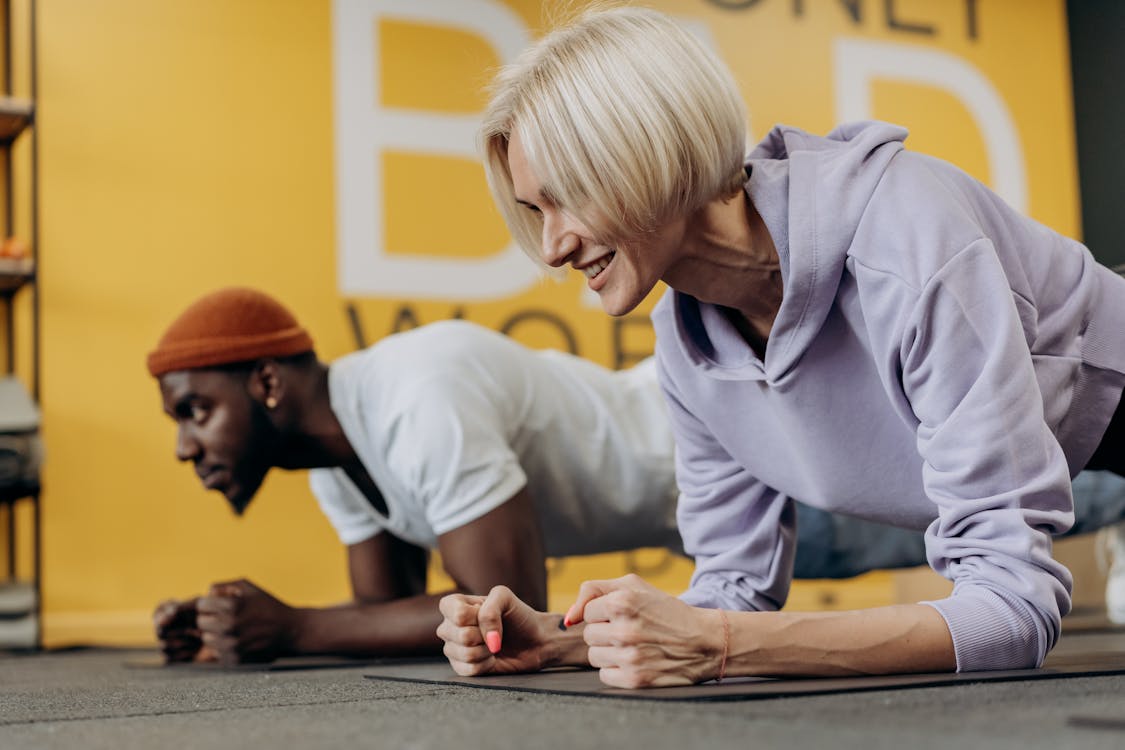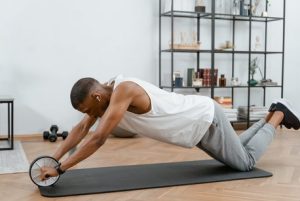
When it comes to sports and physical activity, the importance of a proper warm-up cannot be overstated. Hitting a golf ball or jumping into a vigorous game of tennis without adequately warming up or stretching increases the risk of injury. However, the traditional static stretching (stretch-and-hold) approach, while beneficial for flexibility, isn’t a warm-up in itself. The ideal solution is a dynamic warm-up, incorporating compound movements that not only enhance flexibility but also prepare your body for the demands of your chosen sport or workout.
Fitness professional Amy Ashmore, PhD, emphasizes the significance of dynamic warm-ups, especially for those with conditions like arthritis. She advises using a smaller range of motion and staying within your physical abilities. To create an effective warm-up routine that suits your needs, it’s essential to simulate the movements you’ll be performing during your workout.
Best 7 Dynamic Warm-Up Stretches
Here are seven dynamic stretches designed to help you warm up effectively before engaging in physical activity:
1. Hip Circles: Begin by standing on one leg and using a countertop for support if needed. Gently swing the opposite leg in circles out to the side. Perform 20 circles in each direction before switching legs. Gradually increase the size of the circles as your flexibility improves.
2. Arm Circles: Stand with your feet shoulder-width apart and hold your arms out to the sides, palms down, at shoulder height. Make circular motions with your arms, performing 20 rotations in each direction. As you become more flexible, increase the size of the circles.
3. Arm Swings: Stand with your arms extended forward, parallel to the floor, with your palms facing down. As you step forward, swing your arms in unison to the right, so your left arm is in front of your chest, and your fingers point to the right. Keep your torso and head facing forward and move only at the shoulders. Swing your arms in the opposite direction as you step again. Repeat this sequence five times on each side.
4. High-Stepping: Begin with your feet parallel and shoulder-width apart. Step forward with your left leg and raise your right knee high toward your chest, using a wall for balance if necessary. Use both hands (or one for balance) to pull the knee up further. Pause and lower your right leg, then repeat the same movement on the other side. Continue “high-stepping” five times on each leg as you walk forward.
5. Heel-to-Toe Walk: Stand with your feet shoulder-width apart. Take a small step forward, placing your right heel on the ground and rolling forward onto the ball of your foot. Rise as high as possible on your toes while bringing the left foot forward and stepping in the same heel-to-toe roll. Repeat this sequence five times on each leg.
6. Lunges with a Twist: Start by standing with your feet parallel. Take an exaggerated step forward with your right foot, planting it fully on the floor in front of you. Allow the knee and hip to bend slowly while keeping your torso upright. Ensure that your right knee remains directly over the ankle and doesn’t extend beyond your toes. Slightly bend your left knee, lowering it as far as your flexibility allows (usually a few inches above the floor). In this position, reach overhead with your left arm and bend your torso toward the right. Return your torso to an upright position and step forward with your left foot, returning to the starting position. Repeat this sequence five times on each side. Note that balance is essential when performing this exercise.
7. Step Up and Over: Stand with your feet shoulder-width apart, placing your hands on your hips or lightly touching a wall in front of you for balance. Shift your weight to your left leg and lift your right leg until your thigh is parallel to the ground. Step out to the right side as if you were stepping over an object. Pause, then lower into a squat or a half squat. Push through your heels to stand up and return to the starting position. Repeat this sequence five times on each side.

Conclusion
Incorporating these dynamic warm-up exercises into your pre-workout routine can significantly enhance your athletic performance while reducing the risk of injury. Whether you’re a golfer, a tennis player, or engaged in any physical activity, taking the time to prepare your body properly is crucial for both your enjoyment and overall well-being. Always remember to tailor your warm-up routine to your own physical abilities and needs, and consult with a healthcare professional if you have any specific medical concerns or conditions. A good warm-up not only prepares your body but also sets the stage for an effective and injury-free workout.


